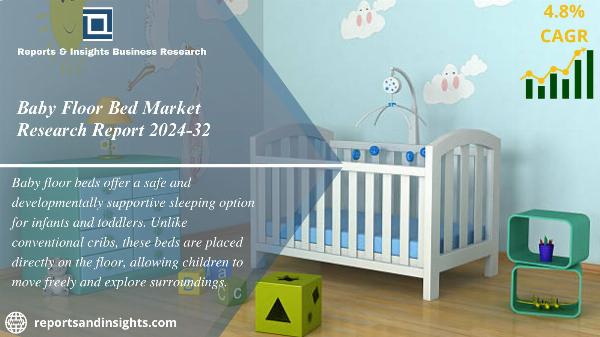Scientists have developed a new tool which can predict a child’s risk of becoming obese in adulthood.
The test could help to identify children and adolescents who would benefit from targeted preventative strategies, like diet and exercise, at a younger age.
The new test, which analyses DNA from a blood sample, is thought to be twice as effective at predicting obesity as the previous best test.
As well as identifying children at risk of obesity, it can also predict how well obese adults will respond to targeted weight loss programmes.
“What makes the score so powerful is its ability to predict, before the age of five, whether a child is likely to develop obesity in adulthood, well before other risk factors start to shape their weight later in childhood. Intervening at this point can have a huge impact,” said Assistant Professor Roelof Smit from the University of Copenhagen and lead author of the research published in the journal Nature Medicine.
Obesity is a major and chronic problem around the world that is only growing. A disease characterized by excessive fat accumulation, people with obesity are also more likely to have numerous health conditions, including type 2 diabetes and high blood pressure.
The World Obesity Federation expects more than half the global population to become overweight or obese by 2035.
 A groundbreaking new tool from international researchers aims to predict future obesity during childhood. Tens of millions are affected by the chronic condition around the world (Getty/iStock)
A groundbreaking new tool from international researchers aims to predict future obesity during childhood. Tens of millions are affected by the chronic condition around the world (Getty/iStock)A groundbreaking new tool from international researchers aims to predict future obesity during childhood. Tens of millions are affected by the chronic condition around the world (Getty/iStock)
In England, almost 65 per cent of adults over the age of 18 are overweight or obese, while around one in eight children aged between two and 10 in England are obese, according to the NHS.
In the U.S., some two in five adults and one in five children and adolescents have obesity. The Centers for Disease Control and Prevention says it affects some groups more than others, including non-Hispanic Black adults and adults with less education.
Although there are ways of tackling obesity, such as through diet, exercise, surgery and medication, these options are not always available and do not work for everyone.
Research for the study involved a collaboration with the consumer genetics and research company 23andMe, and the contributions of more than 600 scientists from 500 institutions globally. Traits such as human height and body mass index were noted and gathered in the data.
Subtle variations in our genetics can impact our health, including the likelihood of developing obesity and even our appetite, experts say.
 Scientists drew on the genetic data of more than five million people – the largest and most diverse genetic dataset ever (Getty/iStock)
Scientists drew on the genetic data of more than five million people – the largest and most diverse genetic dataset ever (Getty/iStock)Scientists drew on the genetic data of more than five million people – the largest and most diverse genetic dataset ever (Getty/iStock)
Thousands of genetic variants have been identified that increase the risk of obesity, influencing appetite. To determine a child’s future risk of obesity, the researchers developed a scoring system, known as a “polygenic risk score.” To score patients, the new system adds the effects of these risk variants up. The researchers said it was able to explain nearly a fifth of a person’s variation in body mass index.
To create the score, the scientists drew on the genetic data of more than five million people – the largest and most diverse genetic dataset ever. They then tested the new risk score for obesity on datasets of the physical and genetic characteristics of more than 500,000 people.
"This new polygenic score is a dramatic improvement in predictive power and a leap forward in the genetic prediction of obesity risk, which brings us much closer to clinically useful genetic testing," said Professor Ruth Loos from CBMR at the University of Copenhagen.
It assessed the relationship between a person’s genetic risk of obesity and the impact of lifestyle interventions, such as diet and exercise.
Scientists found that those with a higher genetic risk of obesity were more responsive to interventions, but they also gained weight quickly once those interventions ended.
However, the new test does have its limitations. Despite drawing on the genetics of the global population, it was far better at predicting obesity in people with European ancestry than in people with African ancestry.














